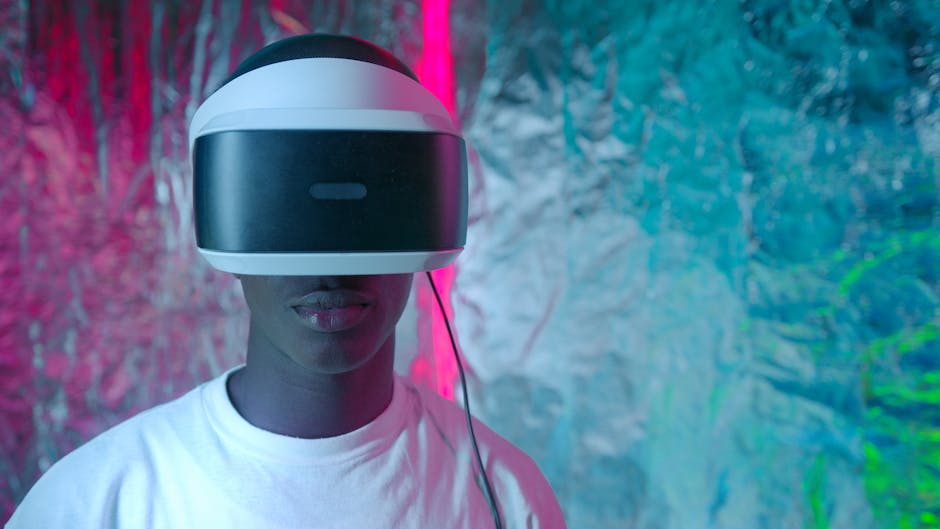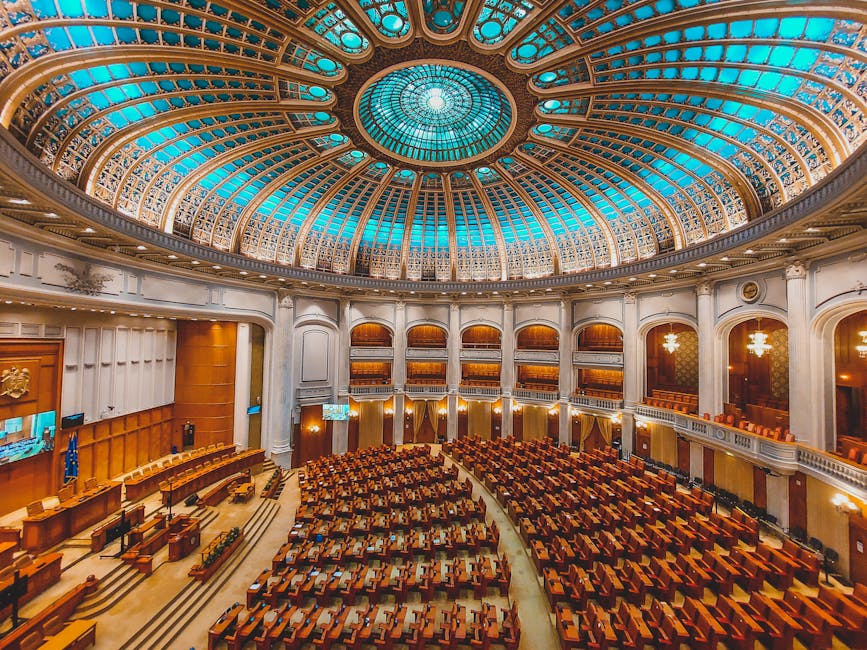You’ve seen it. A slick, visually stunning advertisement pops up on your feed. A family is laughing around a dinner table, the food steaming perfectly. A celebrity you almost recognise is talking about a new face cream, their skin impossibly smooth. But something is… off. The way their fingers bend is just a little too fluid, the blink of their eyes a fraction too slow. The smile doesn’t quite reach those eyes.
Welcome to the new frontier of advertising, powered by generative AI. And welcome to its biggest hurdle: the uncanny valley.
The Rise of AI-Generated Commercials
The buzz around AI video generation, supercharged by tools like OpenAI’s Sora, is deafening in marketing circles. For brands, especially burgeoning startups, the appeal is obvious. Imagine creating a high-production-value ad campaign without hiring actors, booking locations, or spending weeks on shoots and edits. The cost-effectiveness and speed are revolutionary.
We are already seeing the first wave of these AI video commercials starting to spread into our digital lives. They are often used for abstract visuals or product-focused shots where the lack of human authenticity isn’t a glaring issue. But the moment brands try to create a human spokesperson, they run into a major problem.
Plummeting into the Uncanny Valley
When brands use an AI-generated human to endorse their product, they plummet headfirst into the uncanny valley.
The uncanny valley is that unsettling, creepy feeling we get when we see something that looks almost, but not quite, human. Our brains are wired over millennia to read subtle human cues—the crinkle around the eyes that signals a genuine smile, the slight hesitation that conveys sincerity. When an AI avatar mimics these cues imperfectly, it doesn’t register as a cute robot; it registers as a deceptive human. It triggers a primal alarm bell in our minds. It feels fake.
And in the world of advertising, “fake” is the kiss of death for trust.
Why People Won’t Trust Uncanny Valley Endorsements
The entire concept of an endorsement hinges on authenticity. We trust a real celebrity or influencer because we associate them with certain values, experiences, and a reputation they’ve built. This trust is a fragile, human-to-human contract.
Now, ask yourself: would you buy a financial service recommended by a digital ghost whose mouth movements are slightly out of sync? People won’t trust uncanny valley endorsements because there is no person behind them. There is no reputation, no life experience, and no genuine belief in the product. It’s a sales pitch from a sophisticated puppet, and we all know it. This trust deficit is even more pronounced in markets like India, which thrive on emotional connection and storytelling—something AI cannot yet replicate.
The Future of AI in Advertising: Tool, Not Talent
The future of AI in advertising is not as a replacement for the human soul, but as an incredibly powerful tool. It will be brilliant for:
- Creating stunning background visuals
- Animating product features in fantastical ways
- Generating rapid prototypes for creative concepts
But for the crucial task of building brand loyalty, the human element remains irreplaceable. Brands that try to short-circuit this connection by using a synthetic salesperson will find their message lost in the unsettling silence of the uncanny valley. The technology is incredible, but when it comes to winning hearts and minds, we still trust a real face more than a perfect, pixelated one.




